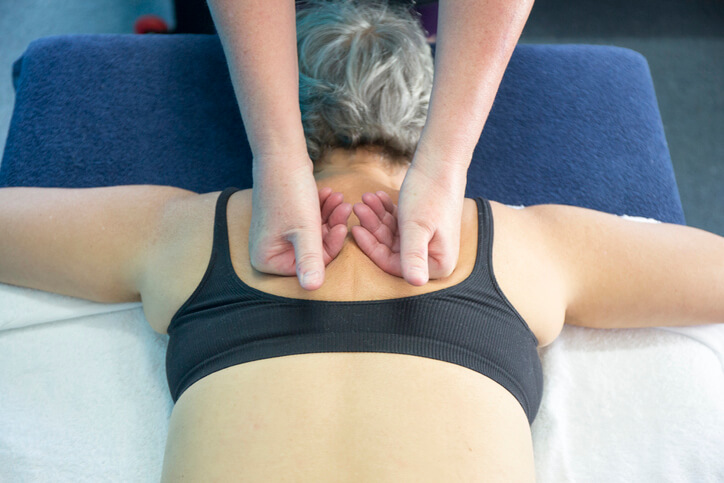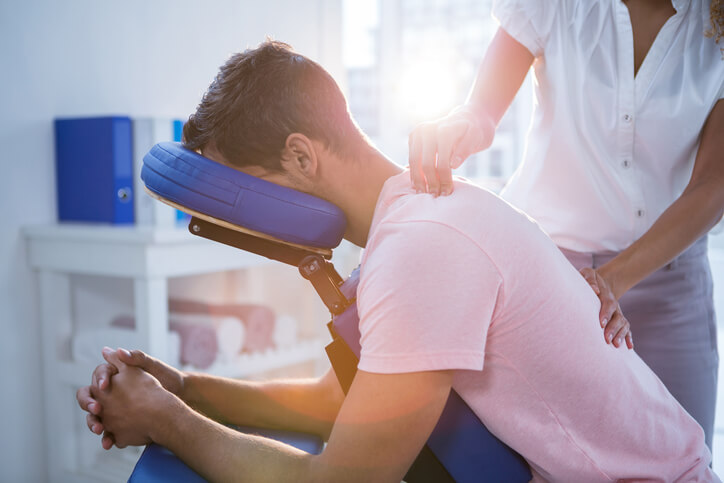
As of 2021, about 8 million Canadians reported chronic pain. Many who deal with chronic pain find that their everyday activities are disrupted due to their conditions. Pain medications are commonly used and practical, yet they come with various side effects leaving many chronic pain patients opting for more natural remedies. As an aspiring massage therapist, you may be glad to know that there are techniques you can use to relieve those struggling with painful conditions. Keep reading to discover some massage methods explicitly meant for pain relief.
1. Deep Tissue Massage Effectively Relaxes Muscles
A deep tissue massage involves using slow, deep strokes to target the inner layers of a client’s muscles and connective tissues. Those struggling with chronic pain from an injury can benefit from this technique as it breaks up the scar tissue that often forms due to an injury, speeds up the healing process by increasing blood flow, and reduces inflammation.
Deep tissue massage also helps to keep spasms and tension at bay, helping clients to feel more relaxed and comfortable. Because this method is so effective for releasing tension in the body, many clients experience an emotional release afterward.

2. Myofascial Release Can Relieve
In our massage therapist course, you’ll learn the anatomy and physiology behind various effective massage techniques. A fascia is a connective tissue under the skin that supports muscles and organs. It also plays a vital role in mobility, allowing muscles to stretch and contract.
Fascia has nerves making it sensitive. Scientists are still working to reveal more about the function of this vital bodily tissue. Still, they know the painful conditions when dysfunction like myofascial pain syndrome occurs. Tension occurs and causes pain that can be quite severe. Myofascial release involves deep kneading movements to stretch the fascia and release built-up tension.
3. You’ll Use Swedish Massage as an Effective Tension Reliever After Your Massage Therapy Program
A Swedish massage, also known as a traditional massage, is a commonly used technique that you’ll surely use after joining our massage therapist course. This technique does not target deep tissue like the two methods above. In addition, it is not applied to any specific pain point. Instead, a Swedish massage is widely used for an overall relaxing effect, increasing blood flow, releasing muscle tension, and balancing the nervous system – all effects that can produce a comforting, pain-relieving effect.

4. Trigger Point Massages Can Help Get Rid of Painful Knots
Trigger point massages require a trained hand to identify tight muscle areas called trigger points. Trigger points are painful nodules that are often sore to the touch. During a trigger point massage, pressure is applied to these painful areas to increase blood flow and release muscle knots.
This technique does not produce a calming spa-like experience and is quite painful, so clients should be warned, and the function of the technique should be explained.
At Medix College, the curriculum relies on two principles:
- Teach to foster an understanding of the material versus memorization of material.
- Implementation of cross-curricular integration throughout the program.
Are you ready to join our massage therapist program?
Contact Medix College to learn how to get started!
FAQ’s To Consider
Can massage therapy help with chronic pain?
Yes. While pain medications are commonly used and practical, they have various side effects, leaving many chronic pain patients opting for more natural remedies.
Does deep tissue massage help with chronic pain?
Yes. Those struggling with chronic pain from an injury can benefit from a massage therapy treatment using this technique which has proven to be beneficial in increasing mobility and reducing pain.
How does massage therapy help chronic pain?
Massage therapy provided by a registered massage therapist who has successfully completed our massage therapy program as well as the provincial regulatory exams, can be very effective in treating chronic pain conditions. This is achieved by increasing circulation, mobility, and retraining of injured parts of the nervous system.



